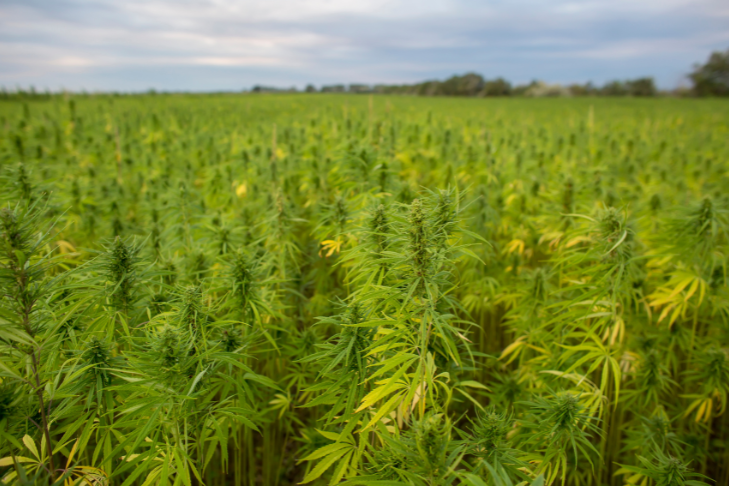Why It's Important to Know the Source of Your CBD Products

Do you know the source of your CBD products?
There are many companies trying to jump into the “CBD” arena – including CBD for dogs and cats. It is very important for pet parents to understand where any CBD is sourced. The market is becoming flooded with cheap CBD powders that have been sourced from Chinese or Russian hemp. The problem is that those countries grow their hemp in Phytoremediation Projects. That means that the hemp is literally grown in toxic or radioactive soils to “clean” the soils. Any resultant products including the CBD from these plants will carry some of these toxins and radioactive isotopes.
Yes, someone can make CBD powders for less than pennies on the dollar to what Pet Releaf spends. Pet Releaf uses 100% organic hemp and strongly believes in providing the absolute best products possible for our companions. Every person that works at Pet Releaf has dogs, cats, and even horses and every single one uses Pet Releaf CBD products – so we guarantee that we will NEVER compromise on the source of our hemp.
The Chernobyl phytoremediation project
For over a decade, industrial hemp growing in the environs of the abandoned Chernobyl nuclear power plant in Pripyat, Ukraine has been helping to reduce soil toxicity. Now, the Japanese are considering following the same course in order to rectify the environmental damage caused by the Fukushima meltdown—however, due to the Cannabis Control Law forced into Japanese law by the occupying U.S. powers in 1948, hemp may only be grown under license—which are highly restricted and difficult to obtain.

In 1989, just three years after the initial explosion, the Soviet administration of the time requested that the International Atomic Energy Agency (IAEA) assess the environmental situation. In the 30km exclusion zone surrounding Chernobyl, high concentrations of various toxic metals including iodine, cesium-137, strontium-90 and plutonium were found in the soil, as well as in plants and animals themselves.
Which Plants are Useful in Phytoremediation?
In response, it was decided that a concerted effort to reduce soil contamination through the use of beneficial plants would be undertaken. This process, known as phytoremediation, began immediately, and used various plants to take up specific contaminants—two brassica varieties to remove chromium, lead, copper and nickel, maize to take up lead (various researchers have demonstrated the remarkable lead-uptake capability of this important crop), and more recently, sunflower and hemp.
Sunflower plantings began in 1996 subsequent to the development of a variety that promised hitherto unheard-of efficiency of decontamination; hemp plantings soon followed, in 1998. Slavik Dushenkov, a research scientist with Phytotech, one of the organizations behind the hemp plantings, stated that “hemp is proving to be one of the best phyto-remediative plants we have been able to find”.
As well as in the Ukraine, much rural land in neighboring Belarus was affected by the explosion, and authorities there are also pursuing the use of hemp as a decontaminant. The harvest produced will be turned into ethanol, as increased production of biofuel is a key target for increasing the overall economic and environmental health of the region.
This is why it is extremely important to know where your Hemp is sourced from! You can buy Pet Releaf knowing your pet's CBD products are sourced from organic U.S. hemp fields and are third-party tested for quality.


